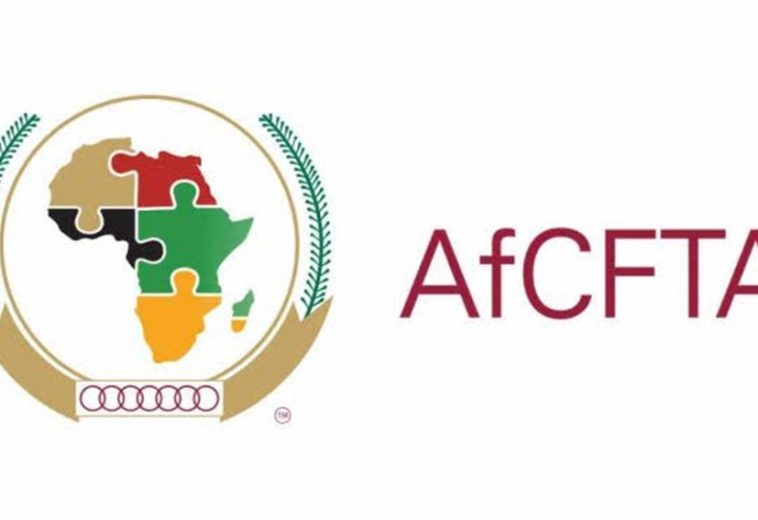Africa was projected to be the world’s second-fastest-growing economic region in 2024, trailing only Asia. According to the African Development Bank (AfDB), 11 of the world’s 20 fastest-growing economies are in Africa, with Niger, Senegal, and Rwanda leading the charge.
The continent’s real GDP growth was expected to reach 3.8% in 2024 and 4.2% in 2025, outpacing the global averages of 2.9% and 3.2%. This sustained growth highlights Africa’s resilience, even amid global economic uncertainties. However, while these numbers are promising, they mask underlying structural challenges that prevent the continent from realising its full economic potential.
READ ALSO: Africa’s Role in the Global Gig Economy
Growth remains uneven, with many economies still reliant on commodity exports, making them vulnerable to price fluctuations. The key challenge is transitioning from raw material dependence to value-added industries that create jobs, drive innovation, and ensure long-term prosperity.
Infrastructure: The Backbone of Economic Transformation
A major obstacle to Africa’s economic acceleration is inadequate infrastructure. The African Union (AU) estimates that the continent requires between 60,000 km and 100,000 km of new roads by 2030 to enhance intracontinental connectivity. Currently, poor infrastructure reduces national economic growth by an estimated 2% annually in many African countries and cuts industrial productivity by as much as 40%. The high cost of transportation—50% to 175% higher than in other parts of the world—significantly undermines competitiveness and trade efficiency.
To address this, Africa has embarked on large-scale infrastructure projects under the second phase of the Programme for Infrastructure Development in Africa (PIDA-PAP 2), which allocates $160 billion for 69 priority projects over the next decade. The first phase (PIDA-PAP 1) recorded notable successes, with 16,066 km of roads, 4,077 km of railways, and 3,506 km of power transmission lines constructed. Additionally, digital infrastructure improved significantly, with internet capacity reaching 9 terabits and 17 African nations becoming digitally interconnected. Despite these gains, nearly half of the projects under PIDA-PAP 1 failed to reach the construction stage, primarily due to financing constraints.
The AU and AfDB are pushing for innovative financing models, including increased public-private partnerships, to accelerate implementation. The African Single Electricity Market (AfSEM) is also being developed to integrate electricity markets across the continent, aiming to lower energy costs and boost industrialisation.
Governance and Regional Integration
Governance plays a crucial role in Africa’s economic trajectory. While many African nations have made strides in strengthening institutions, political instability and policy inconsistencies continue to deter investment. Unpredictable regulatory environments and frequent shifts in policy frameworks make it difficult for businesses to commit to long-term projects.
The African Continental Free Trade Area (AfCFTA) is a monumental effort to unify Africa’s fragmented markets, creating a single trade bloc with a combined GDP of over $3.4 trillion. If fully implemented, AfCFTA could boost intra-African trade by 52% by 2025, creating jobs and reducing dependency on external markets. However, logistical and regulatory challenges remain. Customs inefficiencies, conflicting trade policies, and infrastructural deficits make it easier for African countries to trade with Europe or Asia than with one another.
For AfCFTA to fulfil its potential, African governments must streamline trade policies, improve customs procedures, and invest in transport corridors that facilitate seamless trade flows. The AU, in collaboration with the African Union Development Agency (AUDA-NEPAD) and development finance institutions, is working to accelerate regulatory harmonisation and improve investment conditions.
Energy and Digital Transformation
Energy access remains a critical issue for Africa’s industrialisation. AfSEM is a transformative initiative aimed at harmonising energy policies and establishing a unified electricity market across the continent. This is crucial, as many African nations still experience frequent power shortages, which stifle business growth and deter foreign investment. Its complementary initiative, the Continental Power Systems Masterplan (CMP), seeks to mobilise resources for large-scale power plants and interconnectors, ensuring a stable and affordable energy supply.
Beyond traditional infrastructure, Africa’s digital transformation is accelerating. With internet penetration increasing and mobile technology adoption rising, digital innovation is opening new frontiers for economic growth. However, the continent still faces a significant digital divide. Rural areas remain largely disconnected, and the high cost of data services limits access to digital tools and online markets. Expanding digital infrastructure and reducing data costs will be crucial in ensuring Africa fully benefits from the Fourth Industrial Revolution.
Completing the Puzzle
Africa’s economic transformation is well underway, but the missing piece remains a combination of sustainable financing, infrastructure acceleration, policy consistency, and regional integration. The continent has demonstrated strong growth potential, yet challenges in governance, infrastructure, and intra-African trade continue to limit progress. By strengthening institutions, fostering innovation, and expanding connectivity—both physically and digitally—Africa can position itself as a major global economic powerhouse.
Unlocking Africa’s full potential requires a coordinated approach that integrates economic policies, governance reforms, and strategic investments in infrastructure. If these elements align, Africa will not only sustain its growth momentum but also emerge as a leader in the global economy, proving that the missing piece in its transformation is not just a challenge but an opportunity waiting to be seized.




